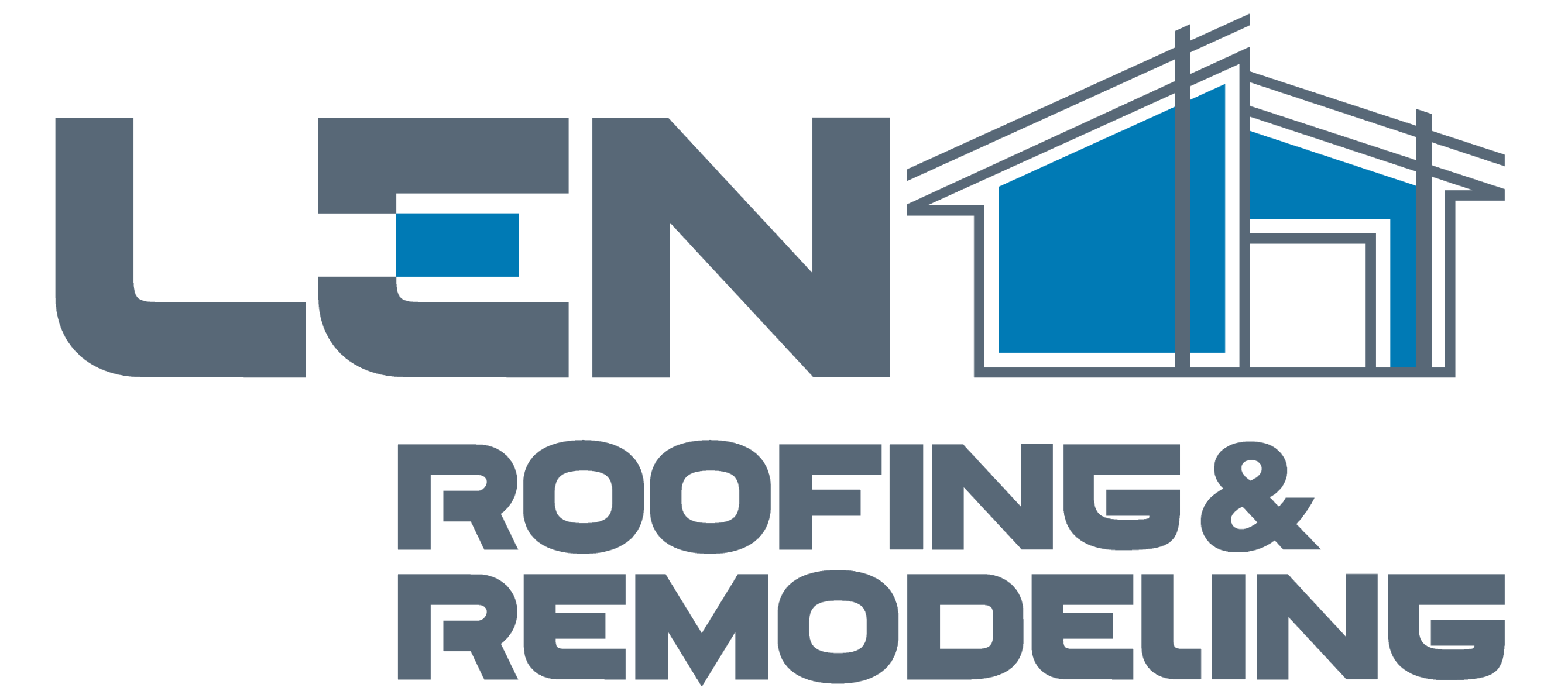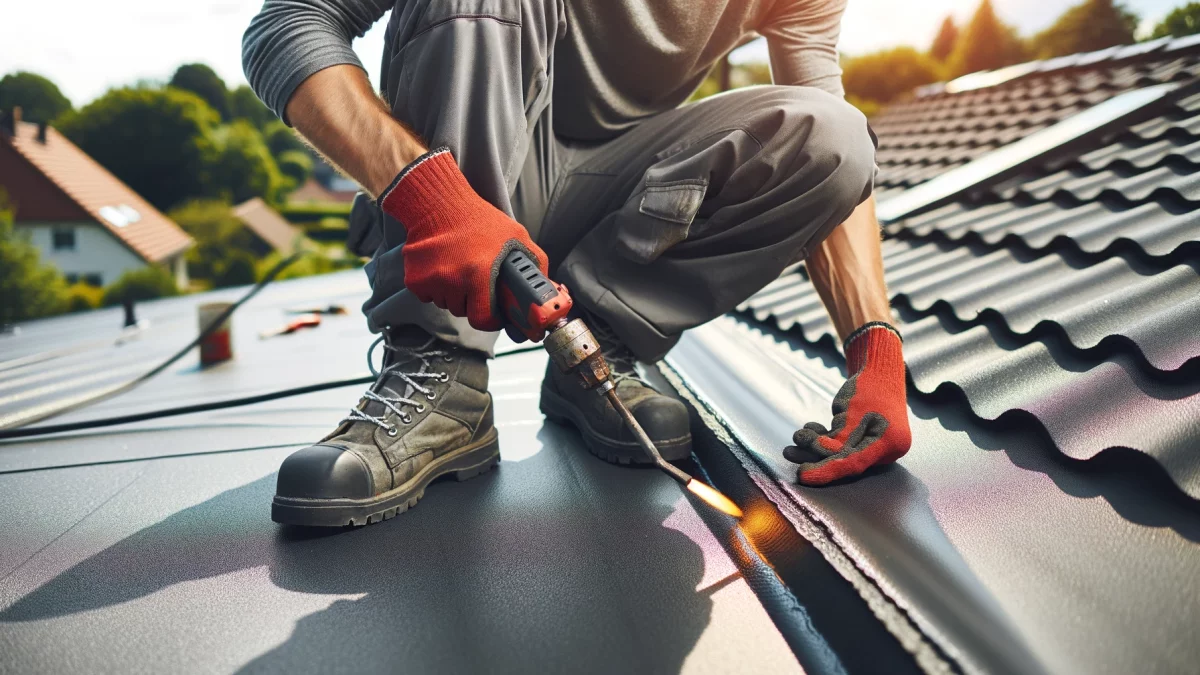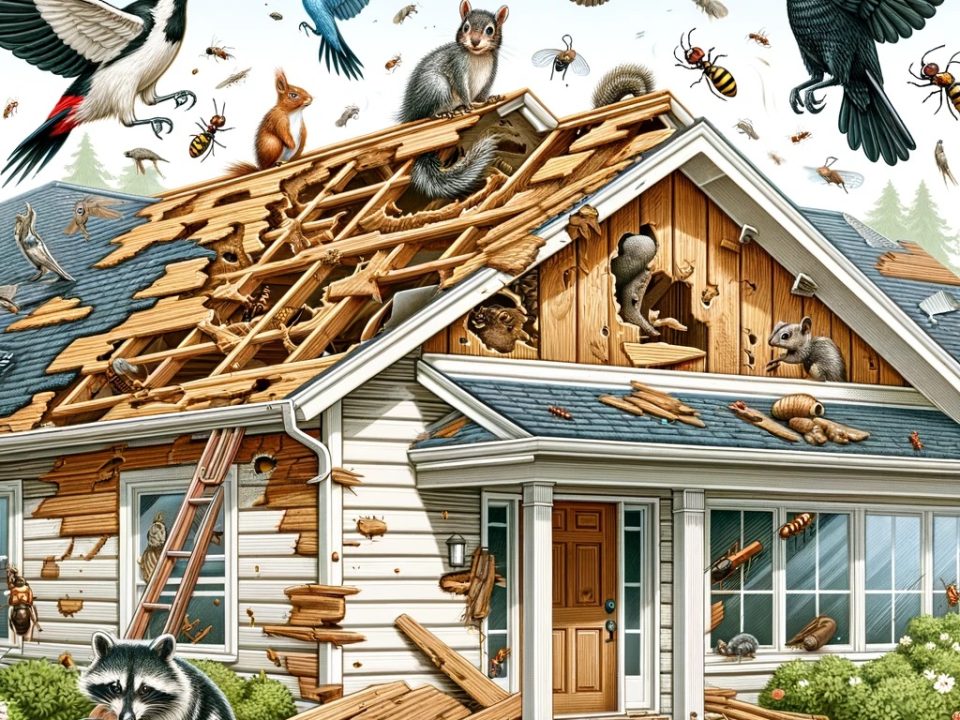What Is Rubber Roofing?
One of the standout options that has been gaining traction among homeowners is rubber roofing.
Known for its durability and eco-friendliness, rubber roofing offers a compelling alternative to traditional roofing materials. Its superior performance in extreme weather conditions and low lifecycle cost make it an attractive investment for the long term. Moreover, rubber roofing aligns with the growing trend towards sustainable home improvements, appealing to environmentally conscious homeowners who prioritize green building materials.
Through this post, we’ll explore what rubber roofing really is, its benefits, and some considerations to keep in mind.
What Is Rubber Roofing?
Rubber roofing primarily refers to EPDM (ethylene propylene diene terpolymer) roofing, a type of synthetic rubber specifically designed for use in roofing applications.
This material is renowned for its exceptional durability, resistance to weathering, and flexibility in extreme temperatures, making it an ideal choice for roofs exposed to harsh environmental conditions. Unlike traditional shingles, rubber roofing comes in large rolls or sheets that are installed in a single piece, drastically reducing the chances of leaks and providing a seamless finish.
Benefits of Rubber Roofing
One of the major draws of rubber roofing is its longevity.
Properly installed, a rubber roof can last upwards of 20 to 30 years, or even longer with minimal maintenance. This durability comes from its resistance to UV rays, temperature extremes, and even hail—factors that can quickly degrade other roofing materials. Additionally, rubber roofs are highly energy-efficient, reflecting sunlight and helping to keep your home cooler in the summer, which can lead to significant savings on energy bills.
Rubber roofing is also an environmentally friendly choice. Made from recycled materials, it contributes to reducing waste in the ecosystem. Moreover, its lightweight minimizes structural stress on your home, and its ease of installation means less time and intrusion into your daily life. Whether your home has a flat or sloped roof, rubber roofing can be adapted to suit various architectural styles, albeit with a more utilitarian look.
Considerations Before Choosing Rubber Roofing
While the benefits are plentiful, there are a few considerations.
The appearance of rubber roofing is more functional than decorative, which may not align with every homeowner’s aesthetic preferences. Furthermore, the success of a rubber roof largely depends on the quality of installation. Inexpertly sealed seams can lead to leaks, emphasizing the need for a skilled contractor with specific experience in rubber roofing.
Rubber roofing represents a robust, cost-effective, and eco-friendly roofing solution for homeowners. As with any significant home improvement project, selecting the right materials and the right professionals for the job is paramount. With rubber roofing, you’re investing in a future of reduced maintenance, energy savings, and peace of mind—qualities that every homeowner deserves.
The Len Roofing & Remodeling Difference
When we say that we’re a top-quality home remodeling and roofing company that serves the North Shore and surrounding Chicagoland area, we back it up. We do more than simply cover the basics: we show up on time and nail it. For more information or to schedule a consultation, call 847-768-6000 or visit our contact page.




